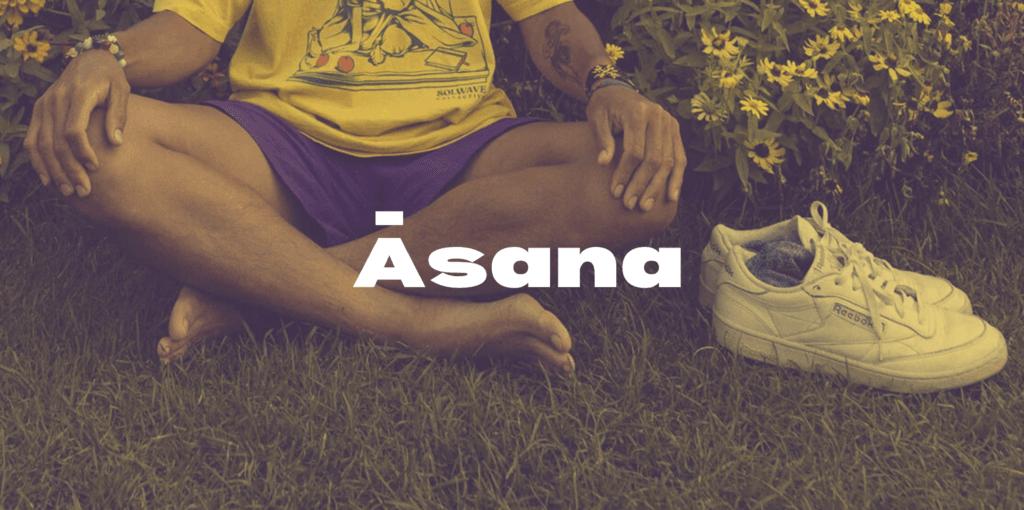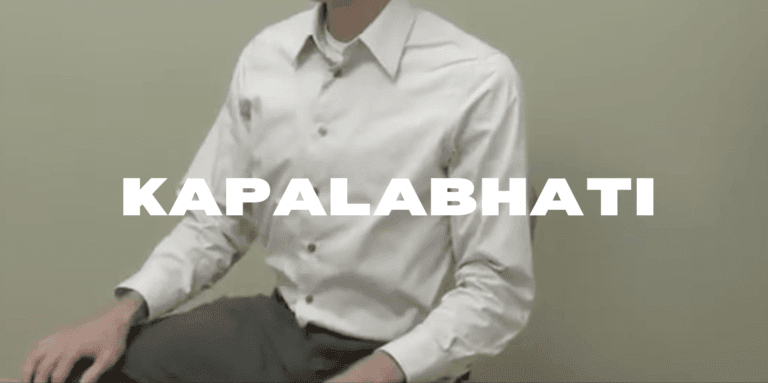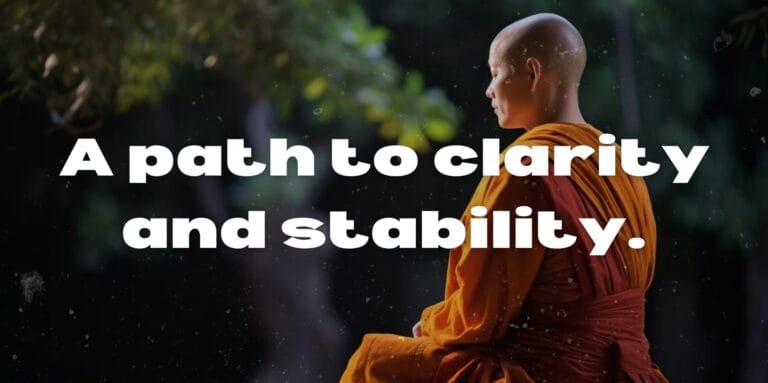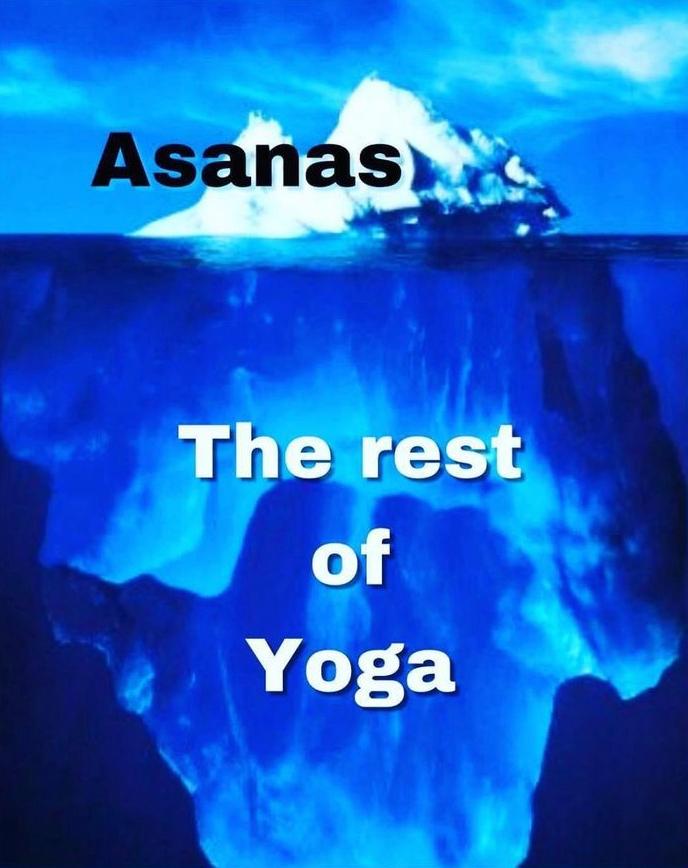
Finding a balance between effort and ease, both physically and mentally. It’s about creating a stable foundation for your practice while maintaining a sense of inner peace and comfort.
The practice of Asana, which refers to the physical postures in yoga, is all about finding that delicate balance between effort and ease. It’s not simply about achieving a particular shape or alignment, but about creating a space where the body feels stable and grounded while the mind remains calm and at ease.
This balance between effort and ease is key to experiencing the full benefits of yoga, both physically and mentally. Here’s how you can think about this balance:
Effort:
Effort in asana refers to the conscious engagement of muscles, the alignment of the body, and the active control of your breath to hold and move through poses. It’s about creating stability and strength in the body, but it should never lead to tension or force.
- Physical Effort: This could mean engaging your core muscles to support a pose, using your legs to create stability in standing poses, or stretching deeply in poses like forward folds or backbends.
- Mental Effort: Focus your mind on the present moment, maintaining awareness of your breath and the sensations in your body. It’s an active state of concentration and mindfulness.
Ease:
Ease in asana is about finding comfort and relaxation even within a challenging pose. It’s the ability to stay relaxed and grounded, even if the pose itself requires strength or flexibility. Ease doesn’t mean letting go of effort entirely but finding a state of calmness within the effort.
- Physical Ease: It means not forcing yourself too far into a stretch or pose. If there’s pain, ease up and adjust your position to find a more comfortable variation. Use props if needed to support your body.
- Mental Ease: Cultivating a sense of inner calmness and detachment from any external outcomes. It’s letting go of judgment or attachment to achieving perfection in the posture and instead embracing the process.
Creating a Stable Foundation:
For a well-rounded asana practice, a stable foundation is crucial—this applies to both the physical body and the mental state. A solid foundation in each pose allows you to maintain balance, control, and comfort.
- Physical Foundation: For example, in a pose like Tadasana (Mountain Pose), your feet must be firmly rooted into the ground, your body aligned, and your energy lifted. The stability you create in this pose will support you in more complex poses.
- Mental Foundation: Practicing mindfulness, staying aware of your breath, and cultivating a sense of presence in each moment helps establish a foundation of inner peace. This makes your practice sustainable, even when poses become more challenging.
The Key: Finding Comfort in the Challenge
Yoga asanas often require strength, flexibility, and concentration, which can sometimes bring up discomfort. However, the essence of the practice is not in avoiding discomfort but in maintaining a sense of inner peace despite it. It’s about approaching each pose with patience, knowing that ease is a natural state, even when you’re holding a challenging position.
For example, in a pose like Warrior II (Virabhadrasana II), there’s a combination of effort—engaging the legs and arms to create strength—and ease—finding comfort through your breath, relaxing your face, and softening your gaze. The challenge lies in holding the pose, but the ease comes when you can relax into the energy and find your inner calm, even as the body works.
Mindfulness in Practice:
The key takeaway in this idea of effort and ease is the cultivation of mindfulness. As you move from pose to pose, noticing how your body feels, observing any thoughts or emotions that arise, and always coming back to the breath is how you align your physical practice with your mental state. You build stability through awareness, and you create peace through acceptance.
In Summary:
- Effort in asana is about strength, stability, and concentration.
- Ease is about relaxation, comfort, and maintaining peace, even in challenging poses.
- By balancing both, you create a solid foundation in both body and mind, which enhances not only your asana practice but also your ability to navigate life’s challenges with more presence and equanimity.



